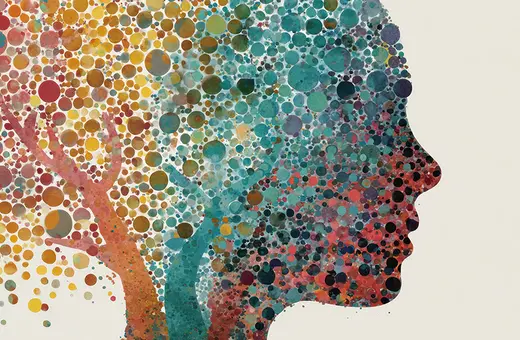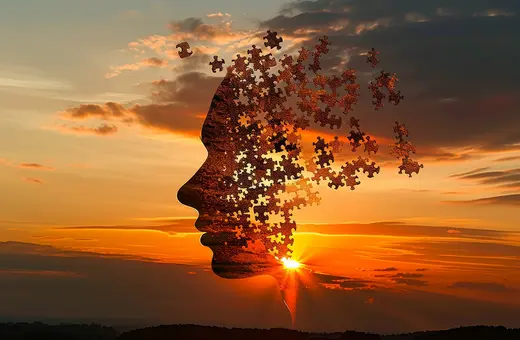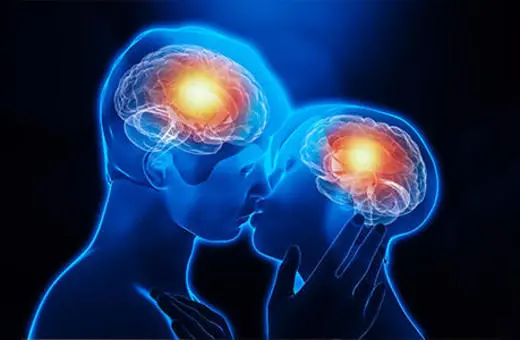Mark Salter is a consultant psychiatrist based in London’s East End, specialising in risk, untowardness and media portrayals of mental distress. Here, he outlines the five key systems for human emotion and explains why bipolar disorder is but a construct that helps us make sense of Stephen Fry television programmes.
Does bipolar disorder exist?
An interesting thing happened to me six or seven years ago. I made a television programme with Stephen Fry called The Secret Life of the Manic Depressive. I invited him to my psychiatric hospital and showed him around, and over the two or three days we were filming I got to know him. I was struck that this man was making a programme about his own experiences of suffering from a mood disorder, and while he was using the term bipolar disorder to describe himself, I was using it to describe my patients who have lives so unimaginably different from Stephen Fry’s it was hard to believe they’ve got the same thing. It's interesting, though, the idea of mood and mood disorder and that someone like Stephen Fry and some of my patients who've spent their lives in psychiatric hospitals can have the same condition.
Should we consider that the two conditions are separate because they’re different in severity?
Let’s look at it another way. Let’s take poisonous animals. Let’s say we want to classify not disturbances of mood but our relationship with an animal. Is there any value or use in distinguishing between bees and hornets? Yes, because the hornet sting will cause swelling and possible death, whereas the bee will leave you with a nasty sting. But what about an ant – a tiny little bite from an ant? These things can all cause harm in varying degrees, and as you classify what happens when you’re bit by a bee or a hornet or an ant or a snake or any other creature, knowing something about it is very helpful if it can allow us to make meaningful decisions about how best to deal with it.
If it’s a bee sting, rub it and it will go away. If it’s an adder, it will feel unpleasant but as long as you’re not old or young you’ll get over it in a day or two without medical intervention. If it’s a purple octopus, however, you’ve got problems. Knowing what the problem is allows you to do something about it.
Similarly, when the brain or the mind go wrong, or the body goes wrong, knowing what the diagnosis is allows you to do something about it. For example, if you’re a heavy smoker and you’ve got asthma, I’ll tell you not to smoke. My knowledge as an expert of what happens in the lung is very valuable in that it allows me to make an intervention which can, as a result, make you better.
But what about when things get complicated? And we’re not talking about a jellyfish or an adder or a lung or anything – we’re talking about the human mind. And what is the mind? The mind is a function of the brain. Can we recognise patterns in the way that the brain goes wrong? Can we tell a mental adder from a mental rattlesnake? Can we identify and reliably classify mental, for want of a better word, diseases in such a way as to make interventions? Or are there other factors that come into the equation that make mental diagnoses harder, if not impossible, compared to physical diagnoses?
Do you have an idea of what mood is?





















Join the conversation